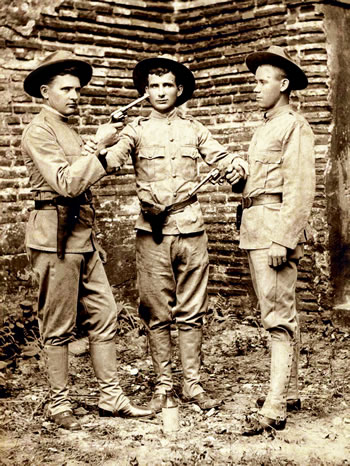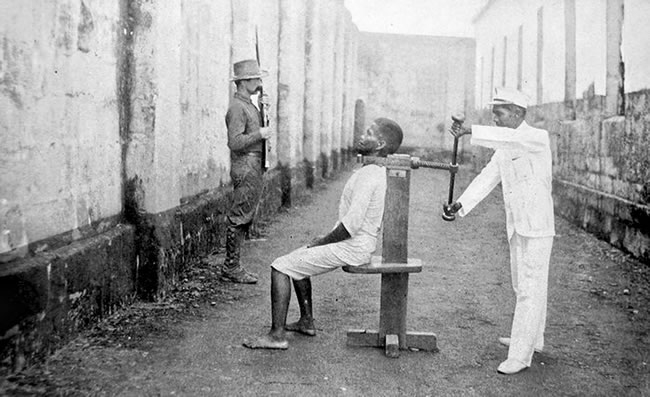America’s Shame In Philippines
I’m amazed that Filipinos generally march hand-in-hand with America on most diplomatic and military issues. The American-Philippines War of 1899-1902 should haunt them and us through history. It was not America’s finest hour.
Historian Gregg Jones has a new book on that topic, Honor In The Dust. Our schoolkids need to know that America’s mistakes didn’t stop with killing Indians. We need to teach more about those who claimed we had a destiny to run the East. That was Theodore Roosevelt’s theme. He said “the awakening of the Orient means much to all nations of Christendom, commercially no less than politically.”
Filipino insurrectionist
Around 1890, we good Americans who had demanded freedom from England suddenly decided we needed colonies. So we took Hawaii, Cuba, Guam and the Philippines. We told the Filipinos we’d give them independence if they fought on our side against Spain. When we won, we told them they were too “uncivilized” to run themselves. We’d run them.
That started a new war: Us versus the Filipino insurrectos. First an ordinary war, then a guerrilla war we were losing. So we started indiscriminately killing Filipinos, burning villages and destroying food supplies on Samar and Leyte. To say there was a racial reason for that policy is an understatement.
Roosevelt wrote: “In a fight with savages, where the savages themselves perform deeds of hideous cruelty, a certain proportion of whites are sure to do the same thing.”
Brig. Gen. Robert Hughes wrote that “these people are not civilized.” When Army Lt. George Peters of the 19th Infantry was asked how he would classify Filipinos, replied “as savages.”
Gen. Jacob Smith’s orders to his officers on Samar were: “I wish you to kill and burn. The more you kill and burn the better you will please me.” He said every male over the age of 10 should be killed and the island turned into “a howling wilderness.”
Smith’s chief killer and burner, Marine Maj. Tony Waller, was acquitted at court martial for summarily executing 12 Filipino scouts he suspected of anti-American sentiment, and the general slaughter of civilians on Samar.
Some Americans were appalled at the atrocities that came out in hearings, but most thought it wrong to impugn our fighting men – 2,446 died there. Filipino deaths have been estimated at anywhere from 34,000 to 1 million.
It’s where the “water cure” was invented, the antecedent to today’s waterboarding.
Teddy Roosevelt, our first and last unabashed expansionist president, would stay in office long enough to land Marines in Panama to guarantee our claim to Canal Zone land in perpetuity, and to bless Japan’s annexation of Korea.
The Stars and Stripes would fly over the Philippines for 46 years.
(The fourth annual Filipino Film Festival opens this Saturday in Doris Duke Theatre at Honolulu Museum of Art.)







